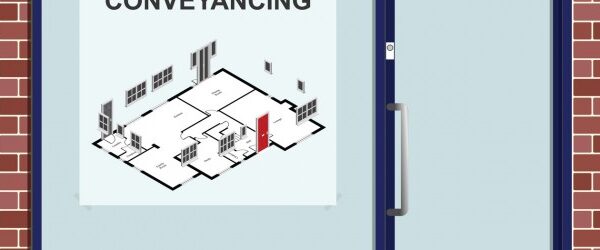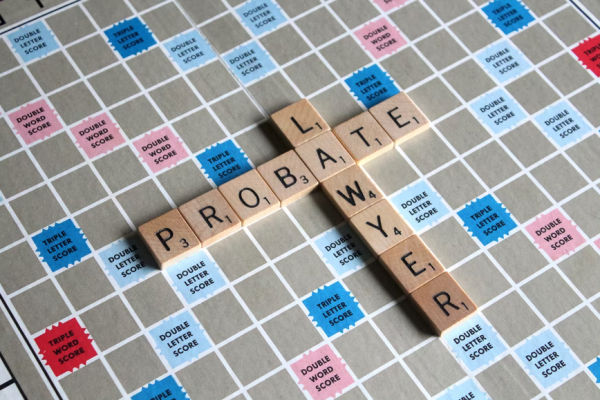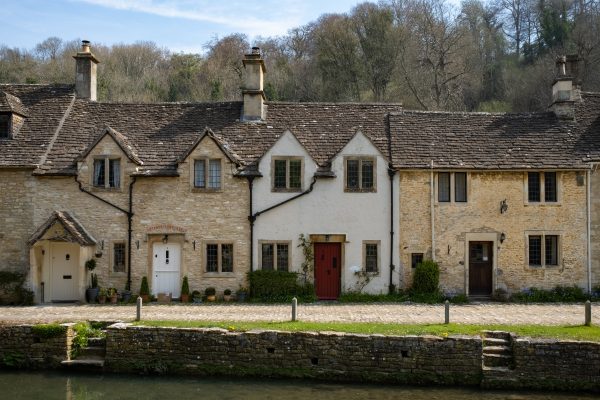Conveyancing Steps to Buying a Property

Now we are well into 2020, you may have decided that this is the year you want to invest in a new home or commercial property. But, where do you start?
It may all seem quite overwhelming, with property viewings and sorting out mortgages, making moving arrangements and calculating legal fees – and that’s just half of it! There are so many more complicated elements when it comes to buying a property, whether it’s residential or commercial, and this is referred to as conveyancing.
What is Conveyancing?
Conveyancing describes the legal process of transferring property ownership from seller to buyer. It starts when your offer on a house is accepted by the seller and it ends once you receive the keys to your new home.
Who Does the Conveyancing?
Luckily, you don’t need to worry about this side of things as you can hire a conveyancing solicitor to manage the entire process, from start to finish. If you aren’t taking out a mortgage, you do have option to conduct the process yourself, but most people opt to use a solicitor because it is hugely time-consuming, and they can help with other legal issues that surround buying a house.
Here are the steps that they will follow so you can understand the procedure a bit more. These stages are referring to residential property buying but are not so dissimilar to commercial property buying, with only a couple of changes regarding the business nature of it.
Step by Step Guide to Conveyancing for Buyers
- Appointing and instructing your conveyancing solicitor.
- Examining documents and property.
- Checking the title register.
- Submitting and checking all necessary searches.
- Approving the draft contract and raising any additional enquiries with the seller’s solicitor based on the contract pack and the results of the searches.
- Providing you with a copy of the contract pack and searches.
- Receiving and checking your mortgage offer, including ensuring compliance with any specific mortgage conditions.
- Reporting to you on the terms of the contract and arranging for you to sign it.
- Obtaining from you the deposit payable on exchange (normally 10% of the purchase price).
- Agreeing the completion date (the moving date), however, the estate agents can sometimes be best placed to negotiate this depending on the length of the chain.
- Exchanging contracts: this is the stage at which you and your seller are committed to buy and sell respectively.
- Requesting the mortgage advance from your mortgage lender, plus the balance of the money from yourself (including our legal fees, stamp duty, land registration fees etc.) to be received in time for the agreed completion date.
- Drafting the Transfer Deed for the seller to sign (which will transfer the legal ownership from seller to buyer).
- Completing your purchase on the agreed completion date by sending the required sum to your seller’s solicitor.
- Submitting a SDLT (Stamp Duty Land Tax) return on your behalf and paying the required stamp duty to HM Revenue & Customs.
- Lodging an application to register the change of ownership of the property at the Land Registry. Please note that in some circumstances the Land Registry can take several months to complete this if the land is unregistered, there was a transfer of part of land (as opposed to the whole of a registered title) or there is a grant of a new lease.
- Providing you with the updated title register showing the change of ownership plus
Appointing and Instructing Your Conveyancing Solicitor
The first stage of the conveyancing process is to choose your conveyancing solicitor; sometimes your estate agent will recommend one, but it is good to look around. Once appointed, they will draw up a draft contract of terms of engagement with you which will set out their charges and what they will be doing.
The process will then be started, and your solicitor will contact the seller’s conveyancer. This will be to confirm that they have been instructed and to request a copy of the draft contract, plus any other details regarding the property such as title deed and standard forms.
Examining Documents and Property
All documents and forms provided by the seller are now examined by both you and your conveyancer to ensure that everything is as you expected, and so enquiries can be raised if necessary. In addition to this, they will also conduct legal property searches in order to help you understand more about the property you are about to buy and the area around it.
They may uncover some details that you didn’t find out from the estate agent or building survey and make you aware of potential plans and risks in advance. This may include information such as if they are planning to build a motorway in front of your house, or there is a big risk of flooding in your area.
These property searches include:
- Local authority searches
- Checking flood risk
- Water authority searches
- Chancel repair searches
- Environmental searches
- Optional and location specific searches (such as tin mining searches in Cornwall)
Arranging Your Mortgage
Please ensure your appointed Conveyancing Solicitor is on the panel for the Lender as otherwise they will not be able to act for the lender.
You will need to have a mortgage in place before you can go any further, which includes making sure you have a mortgage deposit. Your conveyancer will receive a copy of the mortgage offer from your bank and go through the conditions. Mortgage valuations and surveys can also be undertaken during the conveyancing process at this stage.
It is important that all of the special conditions of the Mortgage Offer are complied with as some lenders will not release mortgage funds until these are all satisfied.
Please be aware that the Conveyancing Solicitor is also acting for the lender and if they discover anything which is unusual or onerous then they have an obligation to report to the lender in order to obtain their approval before being able to proceed with the mortgage.
Report on Title
Once the Solicitor has received replies to enquiries, searches and mortgage offer, if applicable, then they would send a Report which would highlight key documents in the convenaycing transaction including :-
- the Contract and its implications,
- Title, advising on the covenants affecting the property
- Searches
- Fittings Form and Sellers Property Information Form
- Mortgage Offer
- Explanation of how property is to be held
- Stamp Duty Land Tax
If the property you are purchasing is leasehold then details of service charge, ground rent, covenants under the Lease will be reported on, together with information on fees for serving notice of transfer and charge, entering into a Deed of Covenant with the Landlord and Management Company and any fees which may apply in order to comply with any Restrictions under the title.
Exchanging and Signing of Contracts
You should have received constant contact by your conveyancing solicitor throughout this process, with them confirming that everything has been completed before signing contracts. All enquiries should have been answered and examined and what fixtures and fittings are included in the sale should have been clarified.
A completion date should be universally set between all parties now, usually 1-4 weeks after the signing of the contract, and deposit funds should be transferred to your solicitor in time for an exchange. During the exchange of contracts, both conveyancers will read out the contracts over a recorded phone call to ensure they are identical.
The contracts are then sent to each other which means you are now in a legally binding contract to buy the property with a fixed date of moving.
Lodging an Interest in the Property and Completion
The period between the exchange and completion date will see your conveyancing solicitor lodging an interest in the property. This will allow you to pay the seller and lodge your application to transfer deed ownership. Get ready for moving day and the seller will move out in this time!
Before the completion date, your conveyancer will send a completion statement showing all of your expenses and the final figure which will need to be paid and cleared. They will then make sure that the mortgage loan amount is drawn down in time for completion.
Post Completion Responsibilities
Completion is confirmed once the seller’s conveyancer has received all the money that is due. The title deeds will be registered in your name g. Once you have completed and moved in, your conveyancing solicitor still needs to tie up some loose ends. This includes:
- Paying Stamp Duty Land Tax
- Sending your legal documents
- Sending copies of the title deeds to your mortgage lender
- Notify the freeholder (if the property is a leasehold)
Conveyancing Solicitors at Caversham Solicitors
As you can see, the conveyancing process is quite complicated but, if everything goes according to plan, the process can move quickly.
If you would like to know more about the conveyancing process, we have specialist solicitors who deal with buying and selling property, both residential and commercial, for both business and individuals. Get in touch with us today for a free no obligation quotation and for more information about our conveyancing package.




